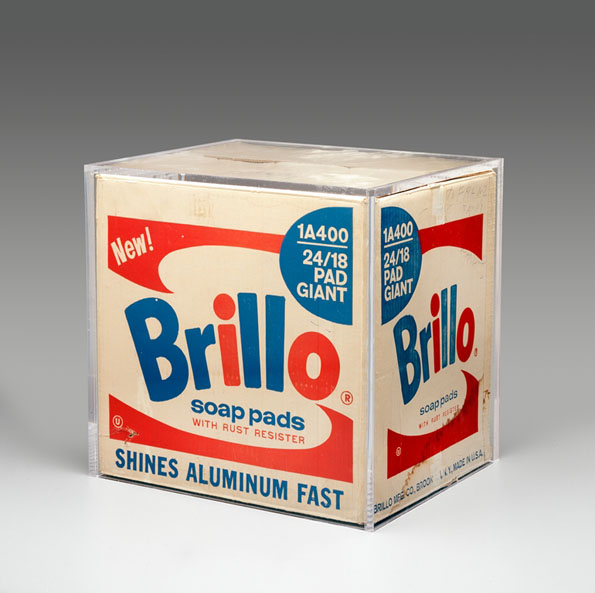G and I saw the show earlier this week. "Mixed", we decided. "Variable." "It reminds me a lot of the more posing and pompous people I have to deal with", said G.Warhol has become his own ism. Warholism is the dominant ism of our day, grounded as it is in the assumption that popular culture trumps all other culture, and that all culture must become popular culture in order to succeed, and that this new high-plus-pop synergy relieves everybody of the responsibility to experience works of art one on one. The belligerent knowingness of Warholism is what fuels “Regarding Warhol: Sixty Artists, Fifty Years,” the extraordinarily elaborate exhibition now at the Metropolitan Museum of Art. Nearly everybody agrees that the show is a mess, although few seem to have stopped to wonder if Warholism is the reason why.
The actual Warhol pieces themselves were satisfying , although it is hard to know of this is just because they have an aura of familiarity because of their near-iconic status. But the curation was all over the place, and annoyingly hagiographical rather than analytical.
Perhaps this is at root about fear of not being in the in-crowd, or manoevering to get there.Perl notes the critic Arthur Danto could see where this was going back in 1964.So Warholism began with an anxiety—the anxiety of philistinism, or the fear of an allegation of philistinism—to which a few writers proposed a few tentative solutions. For the educated public that even back then was beginning to fear cultural ostracism, Warholism offered the assurance that anybody who climbed on the Pop Art bandwagon could have the social cachet of an avant-gardist. Steinberg in particular brooded about what he saw as the inability of even some legendary avant-gardists to accept a new avant-garde, recalling Signac’s difficulties with Matisse’s most simplified work, and Matisse’s difficulties with Picasso’s Demoiselles d’Avignon and Braque’s first Cubist compositions. Steinberg is understanding about their equivocations, concluding not “that only academic painters spurn the new,” but that in fact “any man becomes academic by virtue of, or with respect to, what he rejects.”
It means we do not have confidence in the experience of the eye itself, says Perl.What the work itself elicits is far less important than the task of locating whatever happens to have turned up in the art galleries in some historical scheme. “To see something as art requires something the eye cannot descry—an atmosphere of artistic theory, a knowledge of the history of art; an artworld.” This statement bears close examination. The art world has trumped the art—and Warholism is born. “What in the end makes the difference between a Brillo box and a work of art consisting of a Brillo Box is a certain theory of art.... The world has to be ready for certain things, the artworld no less than the real one. It is the role of artistic theories, these days as always, to make the artworld, and art, possible.”
I'm not sure. Something seems confused and wrong about the show. Perhaps the basic point is that art should not simply be about cliques. Warhol democratized the avant-garde, in a sense, but also reinforces it. New cliques establish themselves by undermining the old cliques. Ideas are used simply as political weapons. And that cynicism seems deeply false.
Perhaps humans do yearn for pointers to the real, to deeper awareness, rather than simply signifiers of social inclusion and exclusion.

No comments:
Post a Comment